Having a lawn in your yard has many benefits. The green grass is beautiful to look at and kids and dogs love playing on a lawn. Unfortunately, traditional lawns require massive amounts of chemicals to keep them properly maintained. In addition, they take large amounts of water to keep them lush and green. Gas-driven mowers spew fumes into the air and millions of acres of agricultural land are used to grow turf grass.

Instead of using old-school methods to maintain a beautiful lawn with toxic ingredients that harm your body as well as the environment, consider using more sustainable practices to grow your gorgeous lawn. We will look at several ways to use more earth-friendly methods to enhance turf growth and reduce insects, pests, and grass disease, as well as how to reduce the amount of water needed to grow your lawn.
The Type of Grass
While most lush lawns you see today use Kentucky bluegrass, this pretty grass uses enormous amounts of water. A study by the Environmental Protection Agency (EPA) found that nearly 50% of water consumption during the summer months comes from watering lawns.
Quiz: Is Your Body TOXIC? Take the Test...
(get your free personalized report)
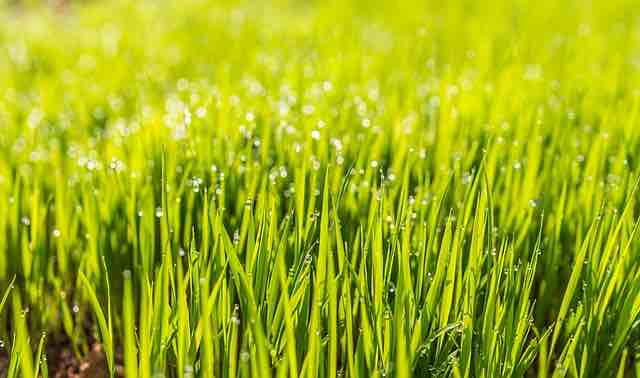
In order to have a lawn that uses minimal water, choose more drought-tolerant grasses such as ryegrass and fescues. Zoysiagrass is ideal because it is drought-tolerant and a slow grower so it doesn’t require frequent mowing. Buffalograss has deep roots and can recover quickly if there is a lack of water. Most fescue grasses, such as Tall and Fine fescue, are low-maintenance and do well in a variety of soils. Perennial ryegrass is hardy, drought-tolerant, and is often blended with fescues and occasionally Kentucky bluegrass for a lush looking lawn that uses minimal water.
Healthy Soil
The foundation of growing any plants, including grasses, is healthy soil. Loamy soil, which is a combination of sand, silt, and clay is an ideal soil mix for lawns. This mix allows for sufficient drainage as well as aeration for the roots of the grass. Also, loamy soil holds moisture so you won’t have to water as often. Having the proper balance of pH is essential to encourage root growth and to create a healthy environment for the microorganisms that fertilize the soil and help to fix essential nutrients like nitrogen.
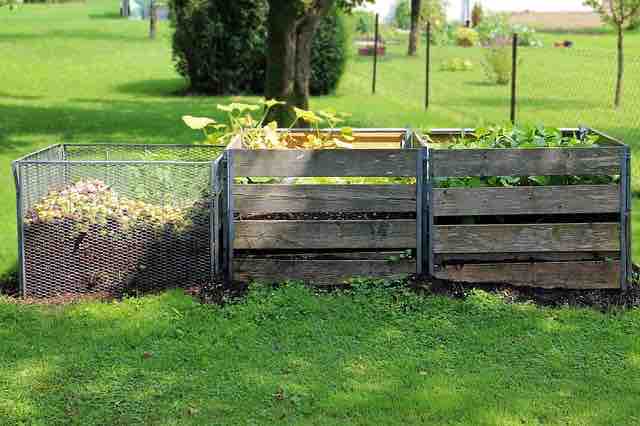
The healthier the soil, the richer the microbial activity will be which helps to create a healthy lawn. Adding composted soil and broken down grass clippings back into the soil, even by adding a thin layer over an existing lawn, will provide many of the nutrients that the grasses need. Or, look for natural and organic fertilizers to add instead of chemical fertilizers that have a negative impact on both the environment and your body. In addition, when you apply chemicals to the lawn, they require more water to break down. A naturally-treated lawn requires far less water. Also, be sure to use an aerating tool so that oxygen can reach the microbes and roots of the grass.
Grass Height
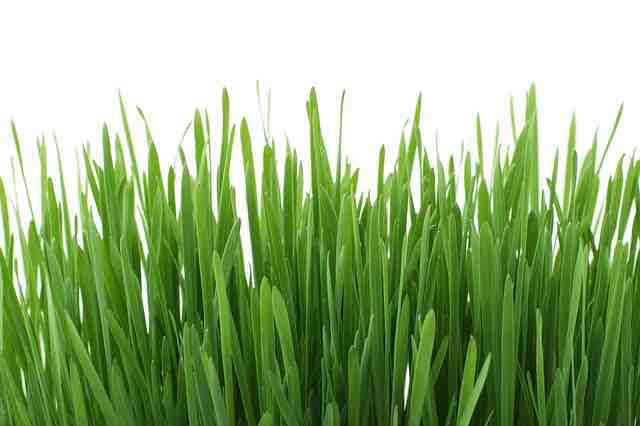
If you have a type of lawn grass that requires frequent mowing and needs to be cut short, you will find that you have to maintain and water far more often than if you leave the cut longer. The grasses we talked about previously all can be grown to a taller height than the more delicate grasses that need to be cut much shorter. If you cut the grass too short, the roots won’t be healthy enough to fend off disease and insects. Also, the higher you keep the grass height, the less mowing you will have to do.
Types of Push Mowers
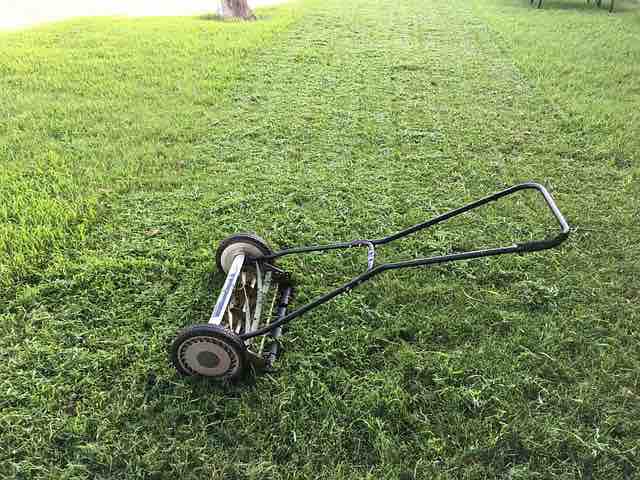
One thing is certain about having a lawn, you will eventually have to cut it to keep it from flowering and to keep it healthy. While gas-powered mowers are convenient, especially if you have a large area to maintain, they use fuel and emit exhaust fumes. Opt instead for a push type mower. Not only are they better for the environment, but you also get an extra boost of exercise!
Quiz: Is Your Body TOXIC? Take the Test...
(personalized report)
Modern push mowers have come a long way from the early models. You can choose an electric, a battery run, or reel lawn mower. Electric mowers are quiet and fairly efficient, but they do use electricity. Battery operated models are another option if you exceed the plug-in cord length of an electric, but, the voltage might limit the amount of time you have. Reel mowers use you as the energy source. They are clean, quiet, and environmentally friendly. With any push mower, choose one that mulches and deposits the grass clippings as you go as a great source of fertilizer.
Organic Insecticides and Fertilizers
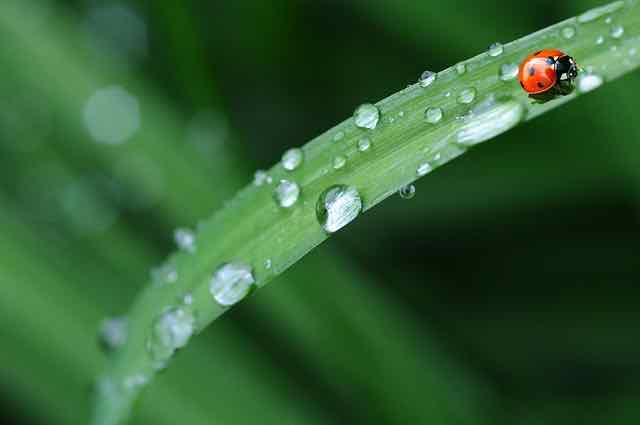
As mentioned previously, compost and grass clippings make excellent fertilizers for your lawn. Seaweed extracts add essential minerals, and can be mixed with water and added as a liquid fertilizer. Fish emulsion provides nitrogen and essential nutrients and can also be added as a liquid. The main drawback to fish emulsion is it’s a strong smell, so you need to dilute it and wash it through. Or purchase pre-made organic lawn fertilizer for convenience.
The healthier the soil is, the healthier the grass will be and will be able to fight off insects and disease. If necessary, choose a company that makes organic and natural pesticides, or even consider adding beneficial insects to your yard.

Having a lawn that you create, maintain, and grow in a sustainable manner is really not that difficult. Start with healthy soil, feed the soil with natural nutrients, and encourage microbial activity. Choose the right grass for your climate, don’t overwater it, don’t over cut it, and stay away from harmful, chemically laden fertilizers and pesticides and enjoy watching your children play on the beautiful lawn.

